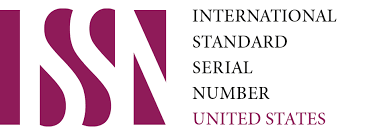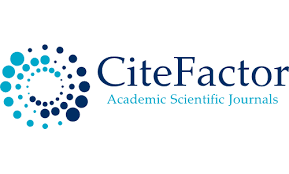Autoprotective Activity of Glyzimed
Keywords:
actoprotective activity, grip strength, antihypoxants, glyzimedAbstract
The actoprotective activity of Glyzimed, which contains herbal plants Hypericum perforatum L., Ziziphora pedicellata Pazij et Vved., Mediazia macrophylla and rhizome parts of Glycyrrhiza glabra L. was studied on experimental animals. Experimental studies were carried out on male white mice weighting 18-22 g. The comparative actoprotective activity of glyzimed, piracetam, and phytin, was studied on adult white mice, which were exposed to the forced swimming until the development of obvious signs of fatigue and the grip strength of paws was tested using a grip strength system device (Ugo Basile Srl, Italy). The animals of the experimental groups were intragastrically administered an aqueous solution of glyzimed using a syringe with a metal probe at doses of 10, 25 and 50 mg/kg, piracetam - 100 mg/kg and phytin - 200 mg/kg one day and one hour before the start of the experiment. Antihypoxants statistically significantly increase the maintaining of physical performance, and activity of glyzimed is almost twice superior to piracetam. Glyzimed can be proposed as an effective actoprotective medicine
References
Karkishchenko N.N., Karkishchenko V.N., Shustov E.B., Berzin I.A., Fokin Yu.V., Alimkina O.V. Features of the interpretation of performance indicators of laboratory animals according to swimming tests with a load // Biomedicine. -2016. -No4.-P.34-46.
Karkishchenko N.N., Karkishchenko V.N., Shustov E.B. Biomedical (preclinical) study of drugs affecting physical performance//Methodological recommendations. Moscow, FMBA of Russia MR.21.43.- 2017.-P. 134.
Bobkov Yu.G., Vinogradov V.M., Katkov V.F., Losev S.S., Smirnov A.V. Pharmacological correction of fatigue. – M.: Medicine. -1984.-P 208.
Meyerson F.Z. Adaptation, stress and prevention. – M.: Nauka, 1981.-P. 278.
Sosin D.V., Shalaeva O.E., Evseev A.V., Shabanov P.D. Mechanisms of formation of acute exogenous hypoxia and possibilities of its pharmacological correction by antihypoxants. //Reviews on Clinical Pharmacology and Drug Therapy. -2015.-Vol. 13. -No1.-P.3-20.
Voronina T.A. The role of hypoxia in the development of stroke and convulsive syndromes. //Reviews on Clinical Pharmacology and Drug Therapy. -2016.-Vol. 14, No.1.-P. 63-70.
Shabanov P.D., Zarubina I.V. Hypoxia and antihypoxants, focus on traumatic brain injury. //Reviews on clinical pharmacology and drug therapy. -2019.- Vol. 17. -No.1.-P.7-16.
Novikov V.E., Levchenkova O.S., Klimkina E.I., Kulagin K.N. Potentiation of the hypoxic preconditioning effect by antihypoxants//Reviews on clinical pharmacology and drug therapy. -2019.- Vol. 17. -No1. -P.37-44.
Downloads
Published
Issue
Section
License

This work is licensed under a Creative Commons Attribution-NonCommercial 4.0 International License.
User Rights
Under the Creative Commons Attribution-NonCommercial 4.0 International (CC-BY-NC), the author (s) and users are free to share (copy, distribute and transmit the contribution).
Rights of Authors
Authors retain the following rights:
1. Copyright and other proprietary rights relating to the article, such as patent rights,
2. the right to use the substance of the article in future works, including lectures and books,
3. the right to reproduce the article for own purposes, provided the copies are not offered for sale,
4. the right to self-archive the article.













